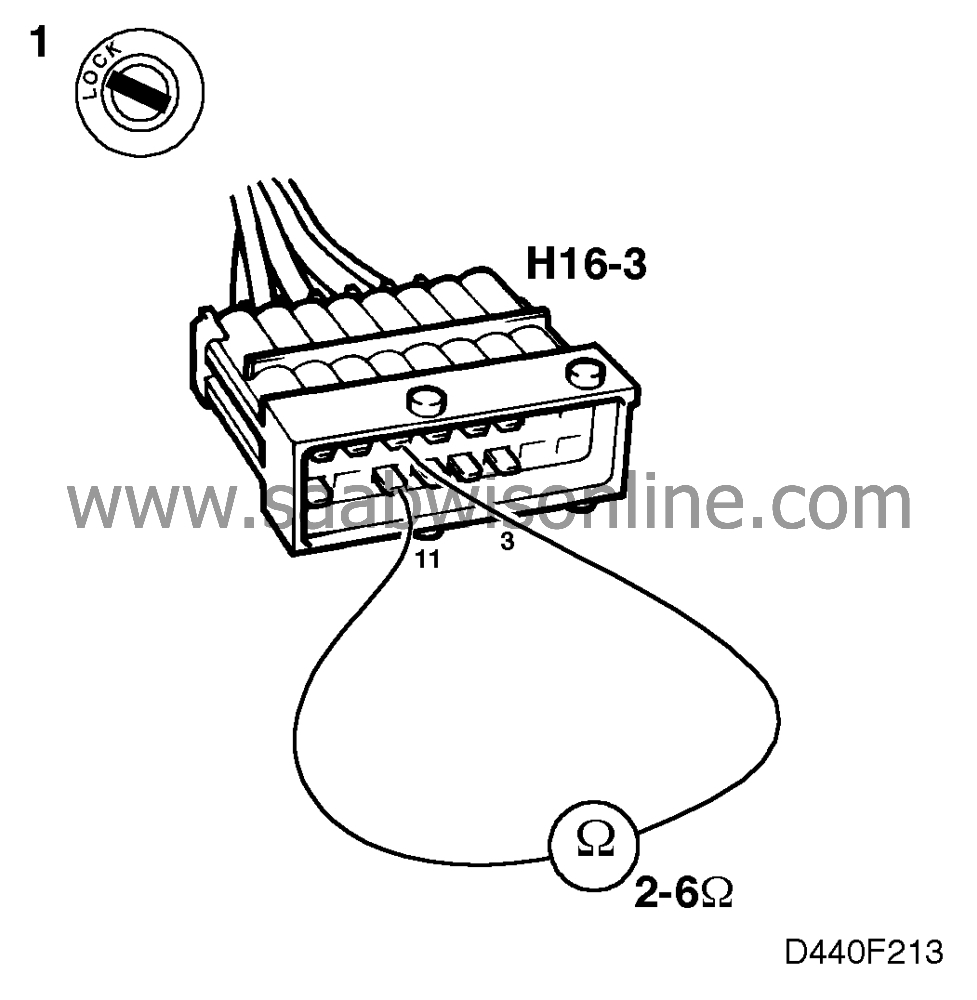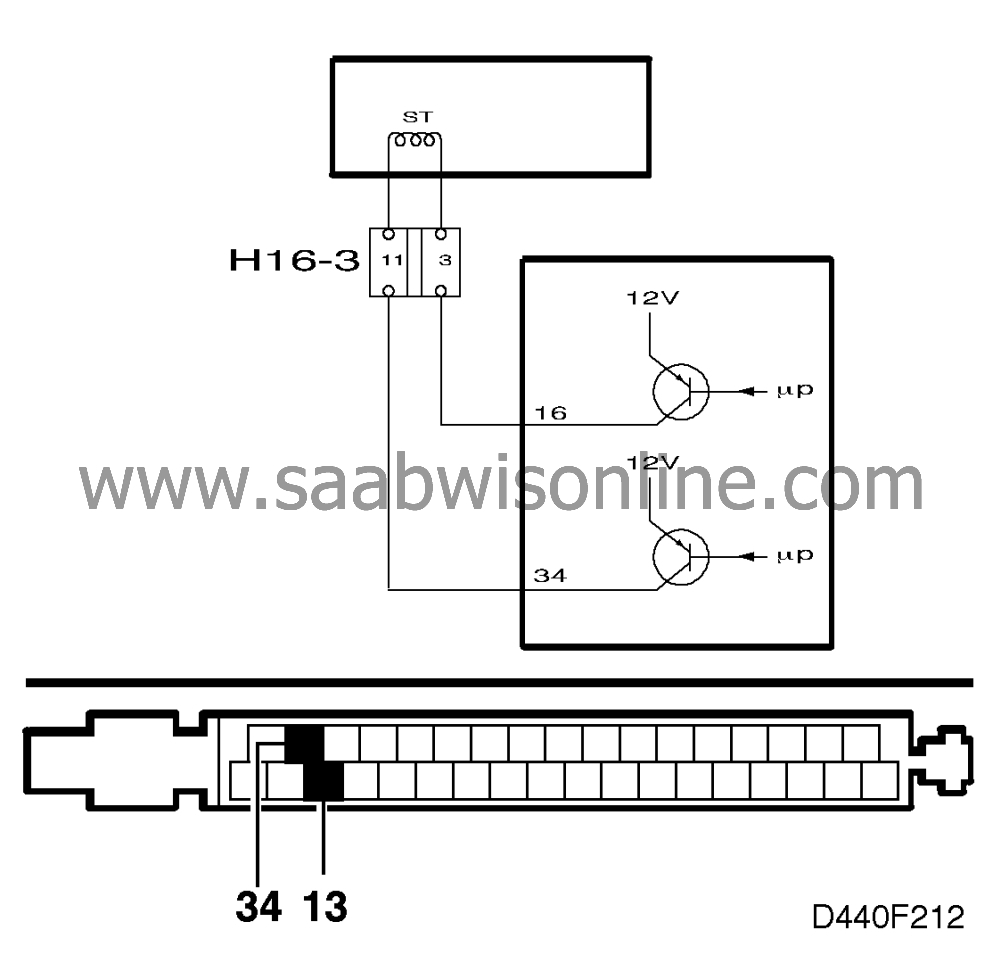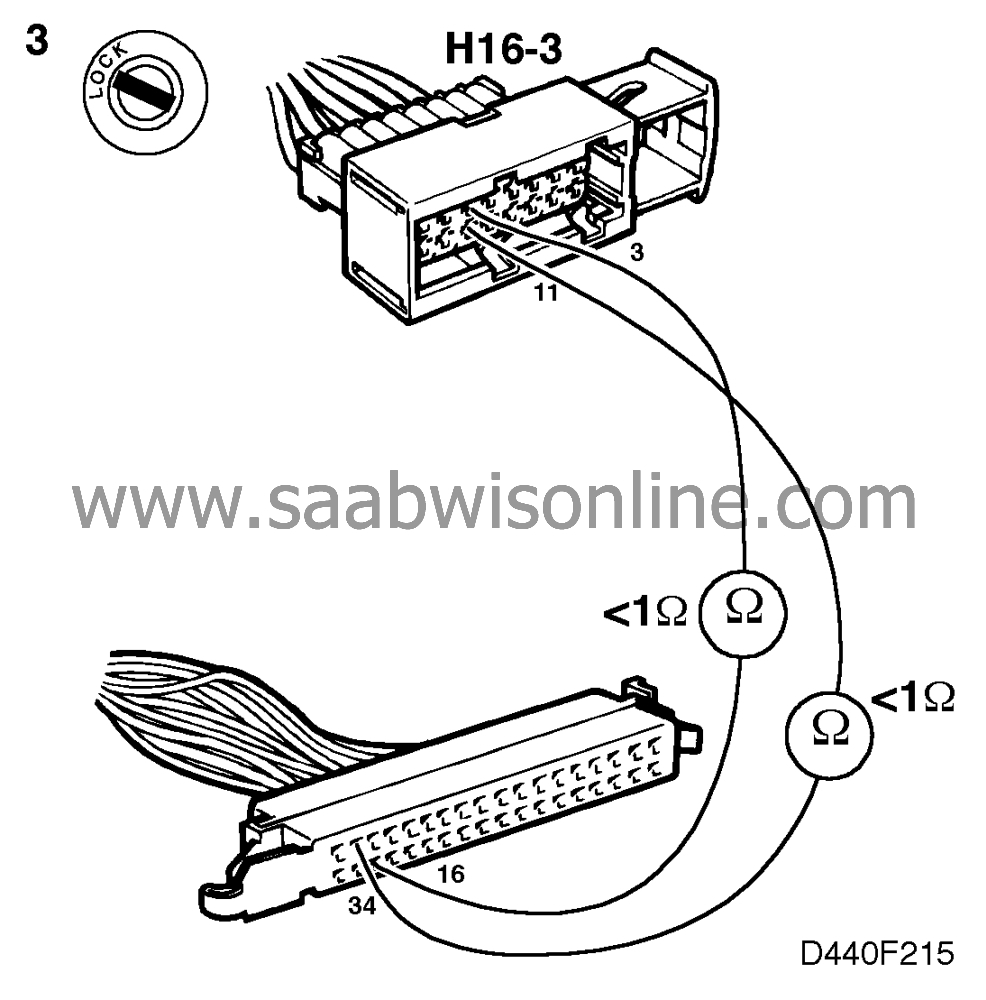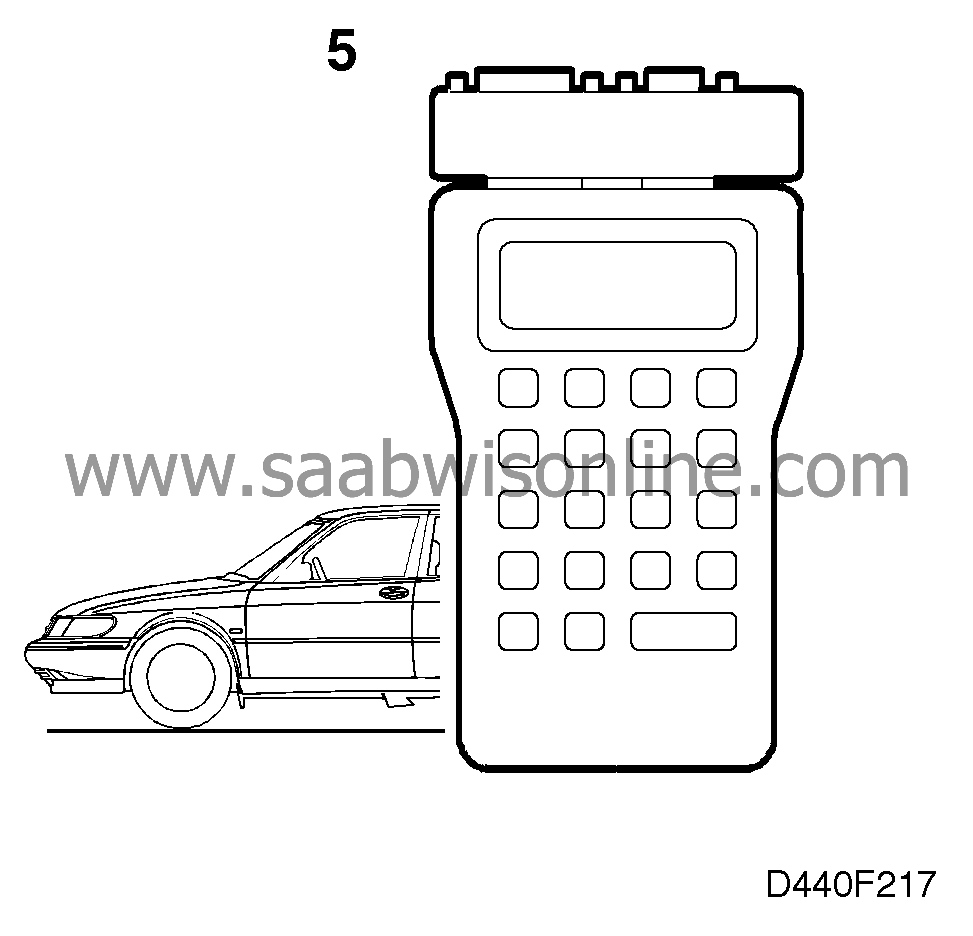P1847, P1848, P1849
Symptom: CHECK GEARBOX indicator lamp on. The system's emergency operation program has been activated.
Fluid pressure solenoid valve, SOLENOID PRESS REG, open circuit or shorted to ground (P1847) or to B+ (P1848), or a short-circuit in the valve (P1849)
Fault symptom
CHECK GEARBOX indicator lamp on. The system's emergency operation program has been activated.
Condition
P1847:
Recorded in the event of a break or short-circuit to ground in the pressure control solenoid circuit.
P1848:
Recorded in the event of a short-circuit to battery voltage in the pressure control solenoid circuit.
P1849:
Recorded in the event of shorting in the pressure control solenoid circuit, either internally in the solenoid or between the power supply leads.
Generation of a diagnostic trouble code requires the engine to be running. The pressure control solenoid regulates the fluid pressure in the transmission. The solenoid is controlled by a varying current from the transmission control module, In the event of a short-circuit to ground or open circuit, system pressure will be too high. This gives rise to harsh shifting and failure of the lock-up function. System pressure will be too low in the event of a short-circuit to battery voltage. This leads to severe wear.
Diagnostic help
The fluid pressure solenoid can be activated with the diagnostics instrument. Select "ACTIVATE". Select "SOLENOID PRESS REG". The solenoid is controlled for low and high system pressure alternately during 30 seconds. Listen for the sound of the solenoid clicking. A stethoscope might have to be used for this.
Check the wiring
Intermittent faults may occur as a result of temporary short circuits and breaks in the wiring. Jiggle the leads at several places and in different directions to reveal any faults in the wiring harness, including connectors. Observe the multimeter, test lamp or ISAT scan tool while carrying out this check.
Diagnostic procedure
1 Check the resistance of the solenoid valve

 Unplug connector H16-3 (16-pin connector located behind the battery) and take a resistance reading across pins 3 and 11 of the male connector. The reading obtained should be 2-6 ohms.
Unplug connector H16-3 (16-pin connector located behind the battery) and take a resistance reading across pins 3 and 11 of the male connector. The reading obtained should be 2-6 ohms.
Is the resistance correct?
Continue with point 3.
Continue with point 2.
2 Check the resistance of the solenoid valve (contd.)

Remove the valve housing cover and the solenoid leads. Check the continuity of the leads between the solenoid and pins 3 and 11 of male connector H16-3.
Are both leads OK?
Carry out a visual check of the solenoid's connection for moisture and corrosion. If there is a fault it should be rectified, otherwise the solenoid should be changed. Then proceed to point 5.
Repair or replace the wiring (including connectors) between connector H16-3 and the solenoid. Then proceed to point 5.
3 Check the wiring connected to the transmission control module

Check the continuity of the leads between pin 3 of connector H16-3 and pin 16 of the transmission control module's connector and also between pin 11 of connector H16-3 and pin 34 of the transmission control module's connector. Remember to check for slide-out of connector pins and sockets.
Are both leads OK?
Continue with point 4.
Rectify the fault and continue with step 5.
4 Check the control module's output

|
-
|
Plug in the transmission control module.
|
|
-
|
Connect a milliammeter with 1 A range to pins 3 and 11 of female connector H16-3.
|
|
-
|
Connect the Scan tool diagnostics instrument.
|
|
-
|
Turn the ignition switch to the ON position.
|
|
-
|
Select "SOLENOID PRESS REG". The meter reading should oscillate between about 250 mA and about 910 mA for about 30 seconds.
|
Is the meter reading obtained correct?
Check the solenoid and its connection for moisture and corrosion. If there is no relevant cause of the fault, change the transmission. Then continue with point 5.
Continue with point 5.
5 Final check
 Clear the diagnostic trouble code, drive the car on test at varying engine loads and speeds for 5 minutes and obtain readouts of any diagnostic trouble codes that are generated.
Clear the diagnostic trouble code, drive the car on test at varying engine loads and speeds for 5 minutes and obtain readouts of any diagnostic trouble codes that are generated.
Does the diagnostic trouble code recur?
Continue with
 .
.
The remedial action taken was correct.









